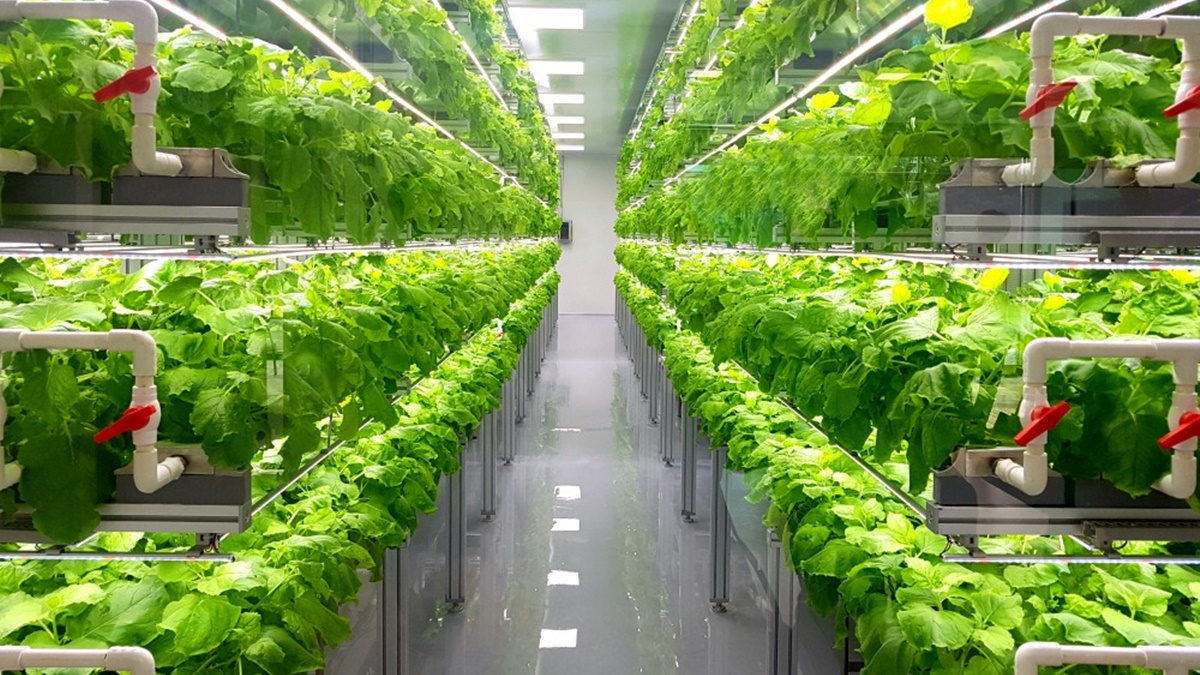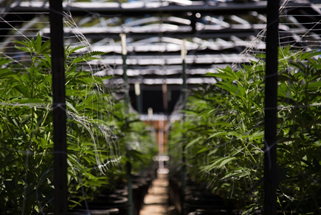
Though cannabis is a hardy plant that can grow almost anywhere, the vast majority of marijuana grown in the United States is raised inside the shelter of greenhouses. Greenhouses give cannabis growers much more control over the nutrients their crops receive — the relative humidity, the light, the water, the soil pH and more. Plus, greenhouses provide security and privacy that many states require of marijuana grow operations.
What’s more, the technology of greenhouses is improving every year. By taking advantage of advanced tech, greenhouse weed growers can dramatically increase their yield and raise their profits, benefiting everyone in the cannabis industry.
Table of Contents
Robust Lighting and Blackout Systems
Historically, cannabis growers strive for a Daily Light Integral (DLI) around 20, but new findings indicate that cannabis benefits from a much higher DLI. This is a result of cannabis growth cycles; the plant will continue to produce vegetation when subjected to light, and greater vegetation will ultimately produce more buds for harvest. This is particularly important when trying to promote THC vs. CBD.
In most North American regions, the sun cannot provide even a fraction of the DLI necessary for high-yield cultivation, so growers are faced with a choice: limit their yields and suffer lower profits or install more expensive lighting solutions.
Innovation with LEDs is making more robust lighting systems more accessible for growers around the country. Not only do LEDs utilize less energy to produce more light, but they are also much easier to control and direct, meaning that less light will be wasted on aisles, walls and elsewhere besides the cannabis canopy and undergrowth. Even better, LEDs do not produce excess heat, making temperature control within the greenhouse space much more manageable despite the higher light output.
Still, lighting is much less effective if the cannabis crop is still subject to the daily light cycles of the sun. In addition to lighting, greenhouses need effective blackout systems, which should prevent extraneous light from interrupting the cannabis growth cycles but allow for beneficial air flow. Blackout fabrics are most ideal because they facilitate ventilation, but growers should avoid cheaper fabrics, which can fray and permit light prematurely.
Energy-Efficient Insulation and Temperature Control
The same North American regions that suffer from inconsistent natural light also tend to struggle to provide the right temperature range for cannabis cultivation. Growth can slow when plants are too cold and too hot, and different stages of growth demand different temperature ranges. For example, during the seedling and vegetative stages, cannabis should be between 68 and 77 degrees Fahrenheit, but flowering plants thrive in warmer temps, just under 82 degrees Fahrenheit.
Unfortunately, few greenhouses are properly insulated against outside temperatures. This makes temperature fluctuations more likely and optimal growth almost impossible to secure. Insulating the walls of the grow space can help alleviate the impact of the sun and outside environment. While there are high-tech insulation materials that insulate with incredible efficiency, in truth these are not entirely necessarily in most greenhouse spaces. More traditional insulations, like fiberglass and mineral wool, will function appropriately in most growing contexts.
Once insulation is in place, growers need to assemble a climate control system. Most often, greenhouses need supplemental heating, which allow growers to continue cultivation through colder seasons. However, in some regions, air conditioning and heat pumps are warranted for cooling the interior of the greenhouse space.
The IoT in the Greenhouse
Increasingly, growers are integrating Internet of Things technologies into their grow operation. The IoT allows for minute control over the greenhouse environment, regardless of when or where a grower might be. A network of sensors throughout a greenhouse can communicate relevant details about light, humidity, airflow, temperature and more, ensuring that cannabis crops remain in optimal zones for growth and cannabinoid production. IoT technologies can be more expensive, however, so they might only be accessible to growers who are already enjoying high profitability from their crop.
It can be difficult to strike the right balance between resource use and optimal growing environment. Growers need to be careful to avoid developing an overreliance on technology; after all, upgrading greenhouse tech too frequently can inhibit profitability if it disrupts growth cycles or depletes funding better spent on other aspects of business maintenance. Still, a no-tech greenhouse is likely not operating to its highest capacity, so investing in some critical technologies, like lights and temperature controls, could be key to success and profits.
